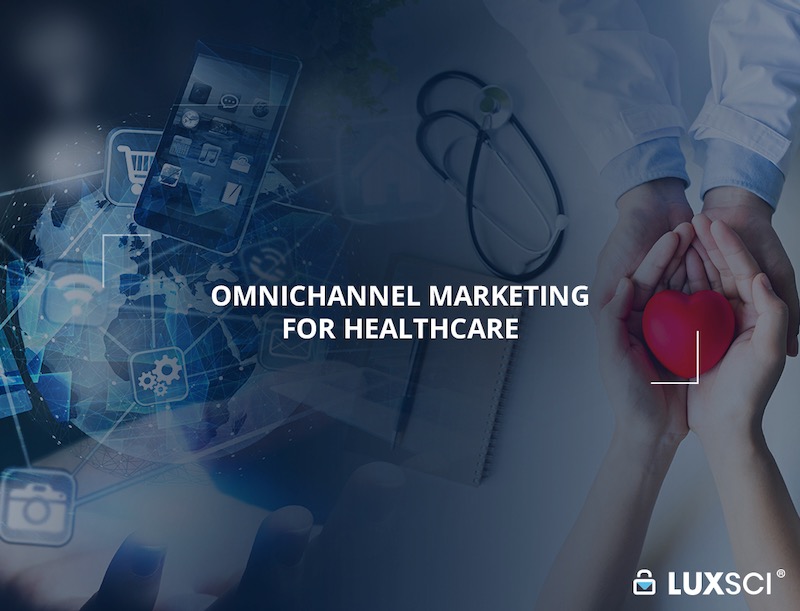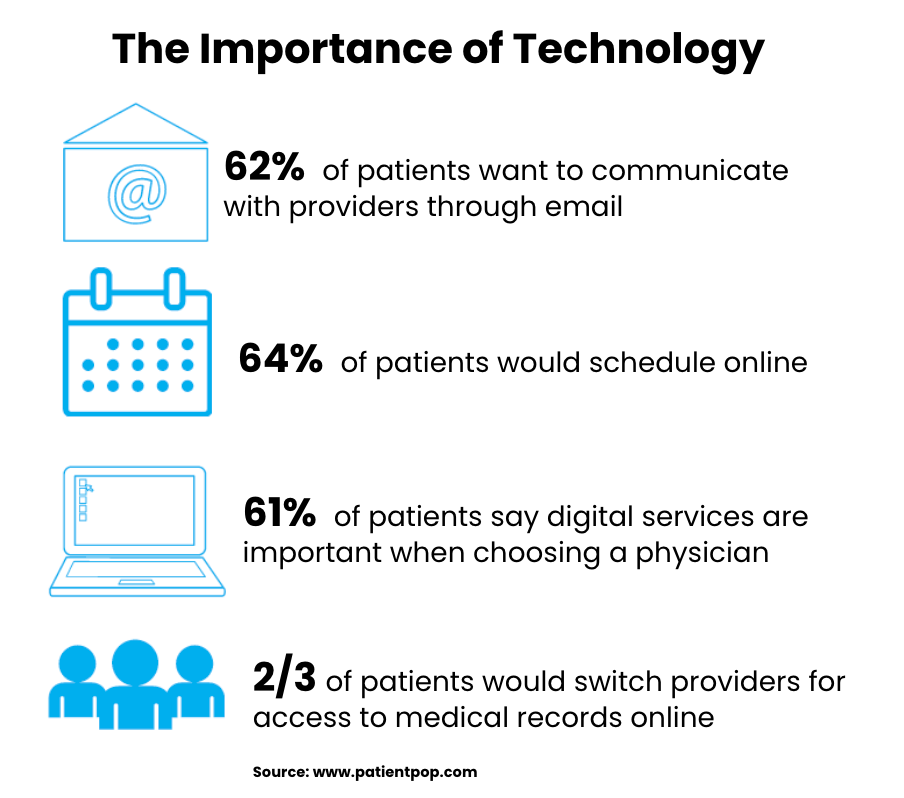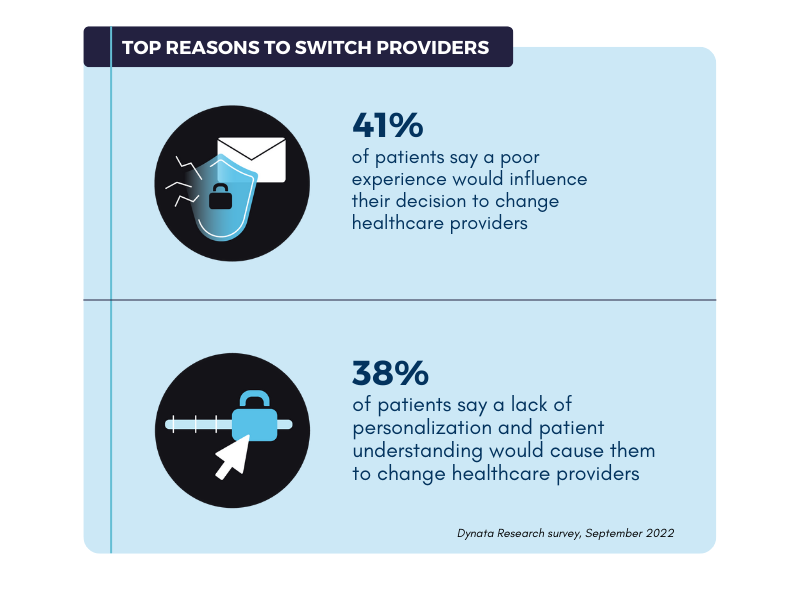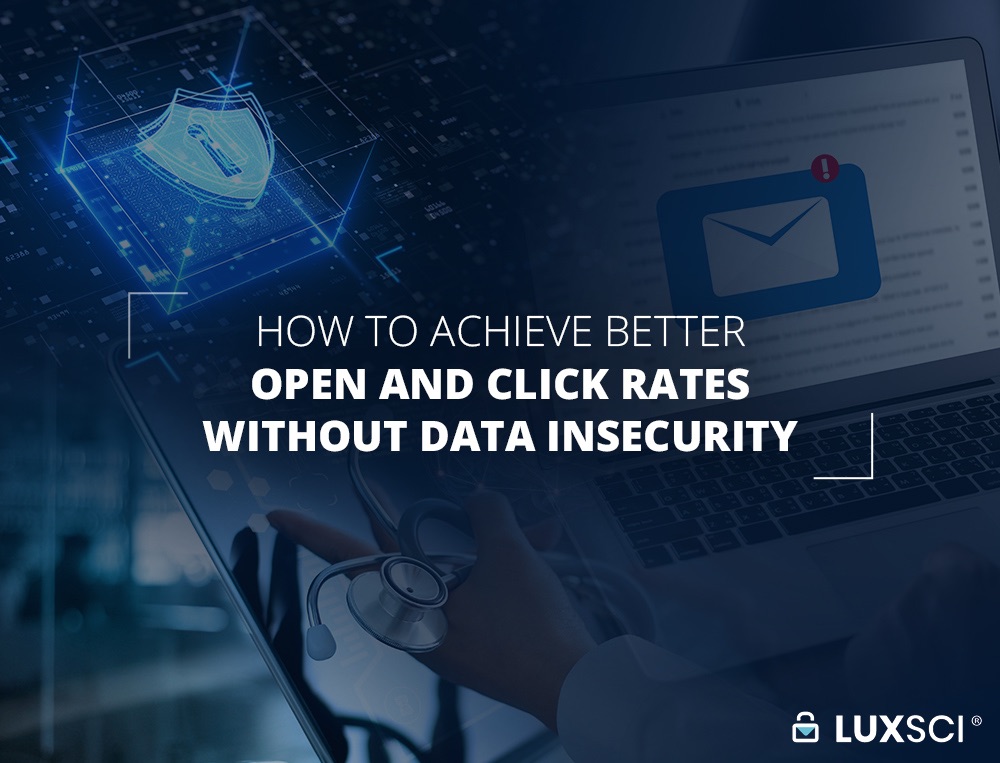Sending high volumes of email messages is more complex than sending a quick message to a colleague. To reach a large contact list in a timely manner, it’s essential to understand ways to maximize email throughput. In this article, we lay out eight best practices for sending more emails faster.

1. Use Concurrent Connections
When sending an email message, the emailing program connects to the servers, establishes its identity, and passes the message through. When sending emails in bulk, connecting to the server can take up a lot of time. For example, if you send 1,000 messages, the program must connect to the server 1,000 times. Many sending programs can be configured to make more than one connection at a time. If you make ten connections simultaneously (e.g., concurrently), you could send those messages about ten times faster. That is a significant speedup.
However, you don’t want to make too many concurrent connections. The more connections you make at once, the harder the server must work to process the mail. The server will become overloaded at some point, and the average time to send a message will increase. You want to avoid pushing the server to the point where it struggles to keep up with sending, as that will only make it operate slower. Instead, use a modest number of concurrent connections to take advantage of parallel sending and allow the server to efficiently process all the messages.
We recommend keeping concurrent connections to ten or fewer if you use public cloud servers and share capacity with other bulk senders. Single dedicated servers can support between 20-30 concurrent connections (or more depending on the factors discussed below), and dedicated server clusters can support as many as you need (depending on how large a cluster you have).
2. SMTP Pipelining
The next way to maximize email throughput involves utilizing SMTP pipelining. First, let’s look at the regular way messages are sent via SMTP:
- Connect to the SMTP server
- Establish SSL or TLS encryption, if configured
- Authenticate the sender’s identity and permission to send
- Upload the list of recipients and message content
- Disconnect
When sending small messages, the time taken by steps 1, 2, 3, and 5 is very significant relative to the time it takes to upload the message data. With SMTP pipelining, the connection is reused for successive messages. For example, when sending three messages, the process looks like this:
- Connect to the SMTP server
- Establish SSL or TLS encryption, if configured
- Authenticate your identity and permission to send
- Message 1: Upload the list of recipients and message content
- Message 2: Upload the list of recipients and message content
- Message 3: Upload the list of recipients and message content
- Disconnect
Not repeating the connect-authenticate-disconnect steps for every single message saves time and sends messages faster. SMTP pipelining should always be used if supported by your email-sending program and outbound email service.
3. Multiple Recipients in One Message
Imagine sending the same message to 1,000 recipients. If you send these one at a time and it takes one second to process, it takes almost 20 minutes to send 1,000 messages. Instead, if you include all recipients in the BCC line of a single message, it will take only about 1-2 seconds to upload the message to the server (though it will still take the server some time to deliver it to those recipients).
Sending messages to multiple recipients using BCC allows you to upload messages to the server much faster.
There are two downsides to this method:
- The received message may appear more SPAM-like since the recipient would not see their email address as the “To” recipient. BCCs are more SPAM-like than messages individually addressed (because it is so much easier and faster to send this way).
- A single message sent to 1,000 recipients may take longer to be delivered as the mail server will not generally parallelize delivery to the recipients but will process them sequentially. This may not be important if the delivery time is not time-sensitive.
LuxSci’s Secure High Volume service allows you to send to up to 1,000 recipients in each message. Customers with dedicated servers and clusters can have this limit increased to suit their business needs.
4. Smaller Messages are Better
A significant factor in maximizing email throughput is reducing the time it takes to upload each message to the server. To see the difference, let’s look at an example — sending a one-megabyte PDF to 1,000 people in 1,000 separate messages.
Case 1 – The PDF is attached to the message, and it takes ten seconds to upload the large message to the mail server. It takes 10,000 seconds (almost 3 hours) to send 1,000 messages with the attachment (unless you use some of the other strategies for maximizing throughput mentioned above).
Case 2 – The PDF is placed on a website, and a link is included in each message. The email message is only ten kilobytes (100 times smaller than in Case 1) and can be sent about 100 times faster. That’s less than 2 minutes without any other optimization.
As you can see from the example, it is best to remove images and other attachments from bulk messages to decrease the message size. Images can be hosted on a website and displayed in the message by linking rather than including the image content every time. Attachments that are not sensitive can be similarly hosted on a website and linked to. Reducing the size of your email messages significantly impacts sending speed and helps maximize email throughput.
5. Clean Mailing Lists are Important
Email messages should only be sent to contacts who have opted into communications or with whom you have established business relationships. These are the standard terms for using any reputable bulk mailing service.
Even if you follow the rules, mailing lists get stale as people change addresses, domain names go defunct, etc. Removing invalid addresses and only sending messages to clean mailing lists is imperative. Why?
- Bad Domains. Sending an email to an email address whose domain name is no longer valid can delay sending while the program determines if the domain is bad. Determining that the domain is good and the email should be delivered takes less time. The delay caused by expired domain names can slow down your sending.
- Defunct Addresses. Sending emails to invalid email addresses looks like spamming. Recipient servers like Yahoo!, AOL, McAfee, etc., are very sensitive to the number of messages that come through to defunct email addresses. If they see a lot of these, they will either block emails or slow down the rate at which they process them. This will result in more delays and potential non-delivery to valid recipients.
- Waste of Time. Attempting to send messages to invalid recipients also wastes time and money.
You should take advantage of tools available to track what recipient email addresses are failing and actively remove them from your mailing lists.
6. Insecure Sending is Faster than Secure
While encrypting your username, password, and message contents is always recommended, this encryption will slow down email sending. It requires extra processing by the server and the sending machine. Using encryption also requires more bandwidth to transmit the data.
So, if you want to maximize email throughput, we recommend not using TLS or SSL when connecting to your bulk SMTP server. However:
- Ensure that the username and password used to authenticate the message sending is not used for anything else. It is not your administrator user, the password is not one of your “standard” passwords, etc. You must assume that this username and password could be compromised.
- Do not grant this user any permission except for sending emails. At LuxSci, you can restrict it from using the web interface and any other services.
- Change the password often- weekly is recommended.
- Use tools to check that no one else is using this credential to connect to your SMTP service. LuxSci provides alerts and reports about logins, which you can use to be sure that no one else is accessing this user account.
If the credentials are compromised, and you have followed these guidelines, the worst thing that could happen is that someone could send email through your account until you change the password or hit your sending limits.
7. Use an Appropriate Email Program
Many programs that are good for regular email sending are terrible for bulk email messages. Don’t bother trying to use Outlook, Thunderbird, Apple Mail, Gmail, and similar programs to send high volumes of email if you are interested in sending speed or efficiency. Why? Such programs:
- Generally, do not support concurrent connections
- Might not support SMTP pipelining
- Cannot efficiently handle large mailing lists (more than hundreds of recipients)
- Get bogged down and can be very slow when sending many messages
These programs are not designed or optimized for high volume sending. Instead, use a program explicitly designed for bulk mailing, like LuxSci’s Secure High Volume or Secure Marketing, which supports maximizing outbound email throughput in the ways outlined above.
8. Increase Capacity
If you try the above solutions and still need faster delivery times, you may need to increase your outbound server’s sending capacity. At LuxSci, we offer tiers of capacity that allow you to create a fully custom solution to meet any throughput requirement:
- Shared – Your account shares a single server with multiple other accounts. The server’s capacity is shared, and your sending throughput (i.e., maximum concurrent connections, maximum recipients/month, etc.) is restricted to maintain enough capacity for other customers. Your outbound IP reputation is also shared with others.
- Dedicated – A dedicated server gives you complete control over the sending server resources and IP address. You get all the capacity to yourself and thus can attain a much higher throughput. Your IP address is not subject to other customer’s actions to help you maintain a good reputation.
- Cluster – A dedicated server cluster may be a good solution if you need to send many messages very quickly. It consists of two or more outbound servers behind a load balancer. The more servers you put in the cluster, the higher your throughput can be. Another benefit of a dedicated server cluster is having multiple sending IP addresses for reputation management and failover to make your sending more resilient.
Which option is best? It depends on the number of recipients you want to reach per month. Also, if you need to send to large numbers of recipients in a very short time frame, you may need a dedicated or cluster solution. LuxSci’s team of email experts can help design the correct configuration to suit your throughput requirements. Contact us today to get started.











